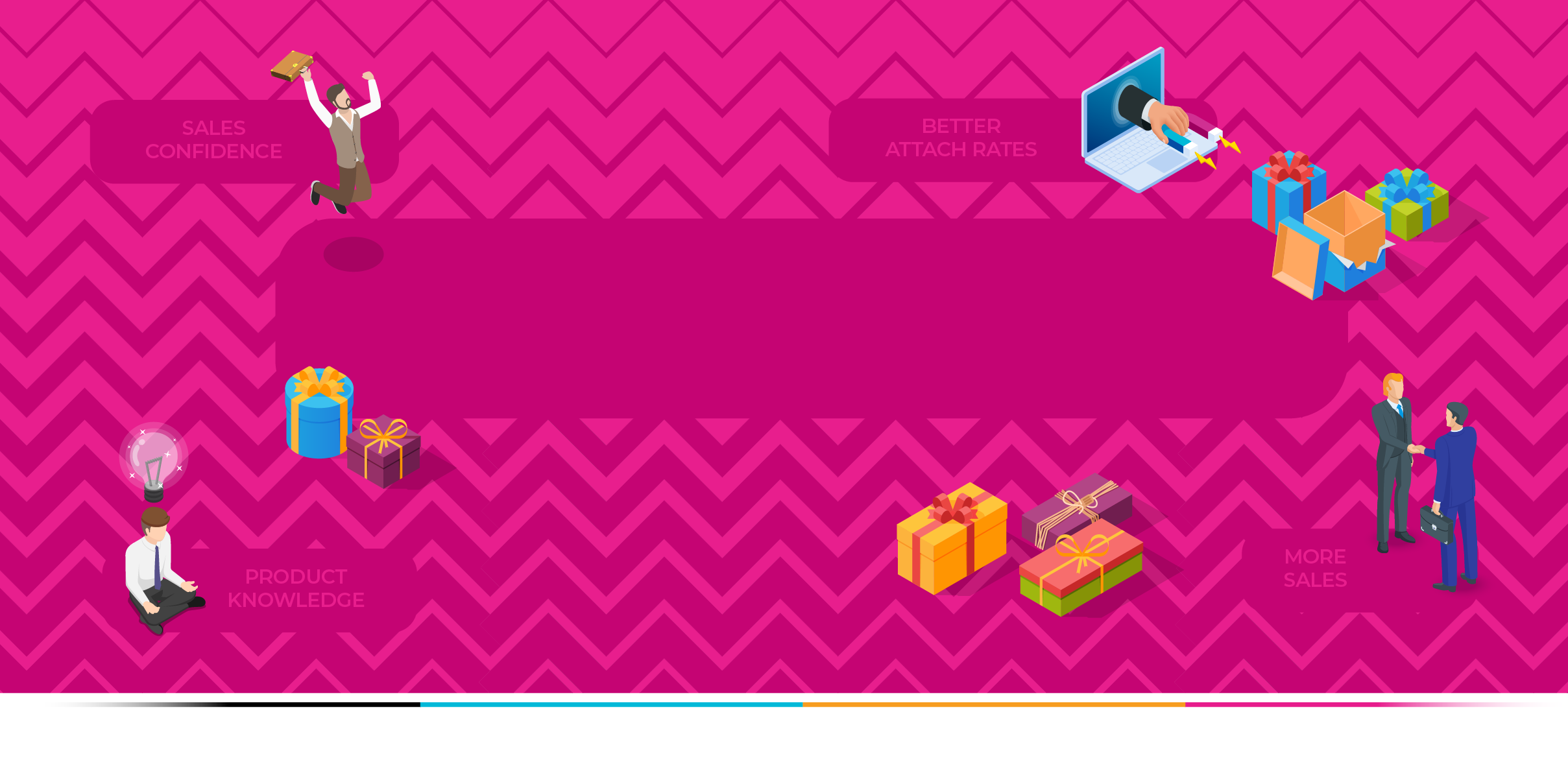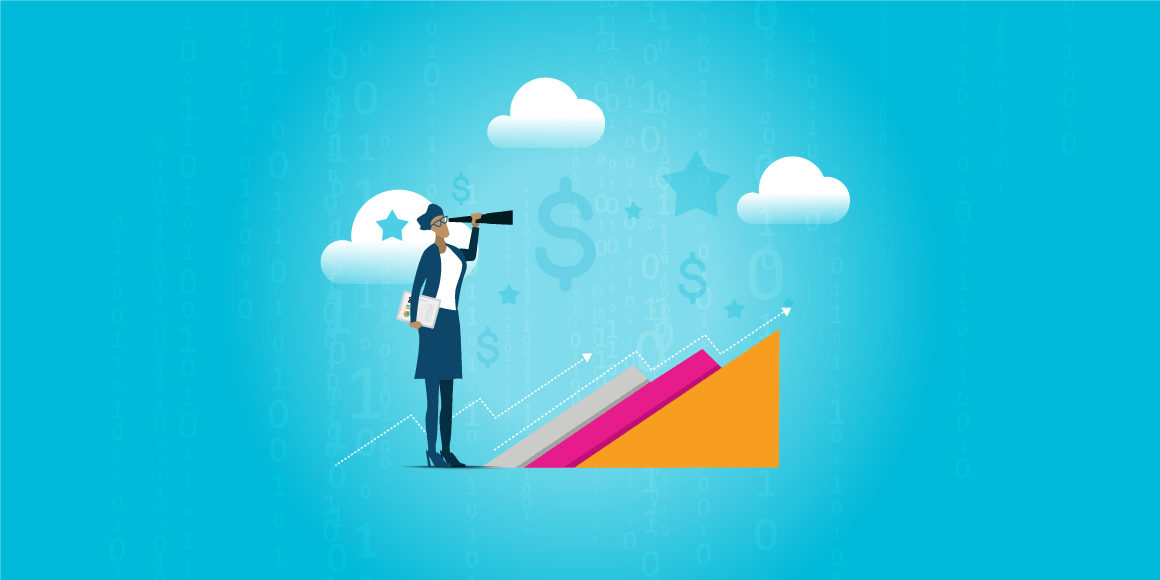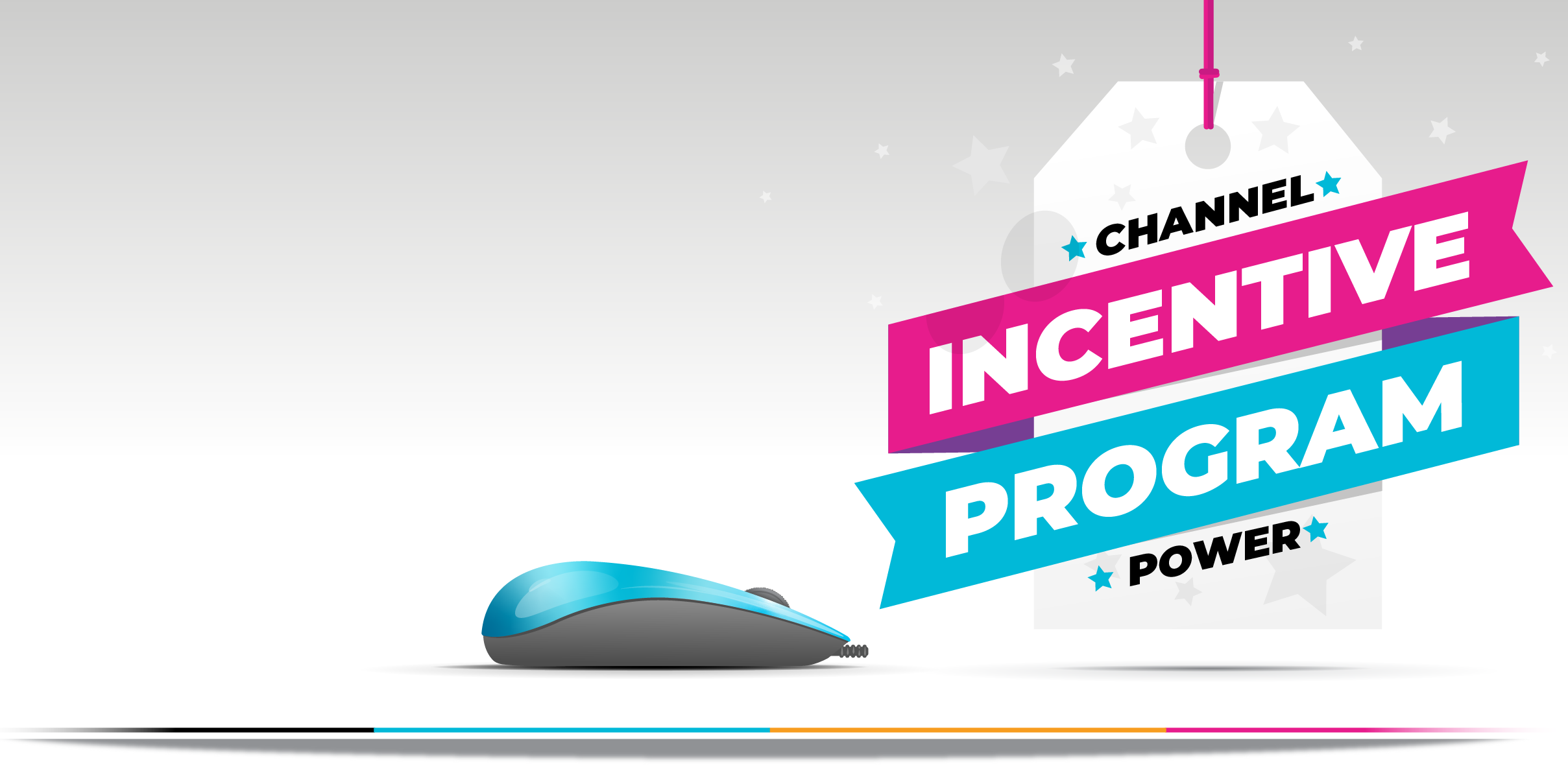Any seasoned salesperson will tell you that today’s prospects and customers don’t follow the same buyer’s journey as they used to. The reality is, buyer preferences have changed and decision-makers research products and solutions then engage sales in totally new ways. Although the traditional sales funnel made sense for the way prospects used to learn about products and services, modern buyers are now more influenced by word-of-mouth recommendations, online research, and referrals.
So why spend your precious time and energy helping channel partners and sales teams move prospects down an outdated funnel model that positions a sale as a one-and-done opportunity?
Keep your sales channel moving in 2022 by helping your network of partners, distributors, and resellers rethink the sales process not as a funnel, but as an all-encompassing flywheel that involves sales, marketing, and customer success efforts working together to build momentum and grow. Here’s what you need to know about the flywheel, and how to incentivize channel partners and sales teams to get started.
The Fly... What?
The flywheel is a model adapted by HubSpot that aims to keep prospects and customers in an ongoing engagement cycle attuned to their needs at the moment. This also decreases friction between sales, marketing and customer success and in turn, encourages customers to help grow your business. It’s about looking at the bigger picture and turning prospects and customers into evangelists, rather than viewing them as an outcome or end-goal. While the traditional sales funnel focuses on new business, it doesn’t consider how customers can help you grow your bottom line. At the end of the day, you need to view customers as a driving force that either promote and recommend your products or services or warn others not to work with you.
So, why a flywheel? According to HubSpot, the most effective way to grow your business is by building meaningful, lasting relationships with prospects and customers. The inbound methodology is circular rather than having a defined beginning and end (think funnel), and includes three primary phases: attract, engage, and delight. What happens at the end of a funnel if someone doesn’t become a customer? Do they just fall out the bottom never to be seen again? Of course not.
Attract
Encourage partners and salespeople to create and share helpful multimedia content like videos, awareness blogs, podcasts, webinars and eBooks that make it easy for prospects to learn about the business outcomes and pain points you solve for. By leveraging strategies like social selling, you can earn buyer’s attention and help them find solutions that align with their goals without bombarding them.
Engage
Help partners and salespeople prioritize building relationships with prospects and customers, not just closing deals. Help them position themselves as trusted industry advisors by providing highly personalized content that speaks directly to your target’s pain points.
Delight
Empower customers with the support, education, and services they need to succeed. Ensure partners and salespeople offer customers unmatched value from beginning to end and opportunities for cross-sell, upsell, renewals and referrals will follow.
Incentivize Sales Teams the RIGHT Way
Your partners’, resellers’, and salespeople’s ability to sell has been completely flipped upside down over the last 20 months, forcing them to turn to new ways of driving demand and doing business. By implementing an incentives strategy focused on behaviors, you can better engage your extended sales team and help them take advantage of the sales behaviors that attract, engage, and delight today’s customers. Putting partners in the driver’s seat and providing the education and resources they need to be successful is the key to boosting performance. Of course, it’s also imperative to take a data-centric approach to maximize engagement with your incentive programs. For example, offering single rebate options may work better than offering consumer rebates for bundled products if brands are in short supply of certain skews due to broken supply chains.
Personalize Everything
HubSpot said it best by stating, “The biggest threat to your company’s growth isn’t your competitors. It’s a bad customer experience.” The flywheel methodology truly revolves around taking a people-first approach and humanizing the sales process overall. By incentivizing partners and sales teams to deliver useful, no-nonsense information to prospects and customers how and when THEY want it, they’ll be sure to share their positive experiences and you will be top-of-mind as they and their networks make purchase decisions in the future.
Learn more about the flywheel and how to engage partners with Points-Based Rewards to modify sales processes and align to the buyer’s journey!



